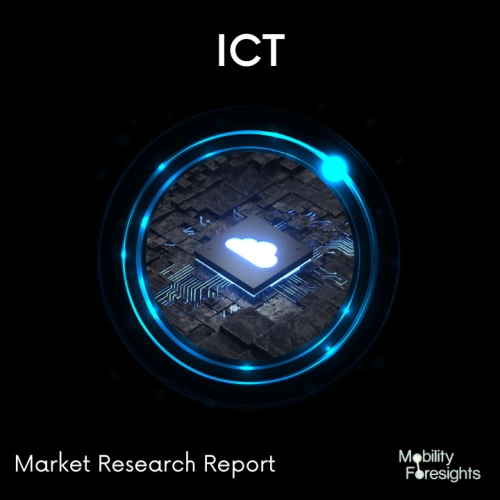
- Get in Touch with Us

Last Updated: Apr 25, 2025 | Study Period: 2023-2030
The DNA of germs is damaged by light in the new UV-C LED disinfection technique. When compared to traditional UV purification, this method offers a number of novel advantages.
Ultraviolet-C (UVC) light, commonly referred to as germicidal UV light, is a type of electromagnetic spectrum that is broken up into groups based on wavelength.
Radio waves, microwaves, infrared light, visible light, X-rays, and gamma rays are among other well-known categories. When a current is conducted through a light-emitting diode (LED), a semiconductor device, it emits light.
Although very pure, defect-free semiconductors typically conduct electricity very inefficiently, dopants can be added to the semiconductor to change how it conducts, either with positively charged holes or negatively charged electrons.
A p-n junction, where a p-type semiconductor is placed on top of an n-type semiconductor, makes up an LED.
When a forward bias (or voltage) is given, holes in the p-type material are pushed in the opposite direction (as they are positively charged) into the n-type material.
Similarly, electrons in the n-type region are pushed toward the p-type region. The electrons and holes will combine at the junction between the p-type and n-type materials, and each recombination event will result in the production of a quantum of energy that is an intrinsic feature of the semiconductor where the recombination happens.

The Global UV-C LED strip market accounted for $XX Billion in 2022 and is anticipated to reach $XX Billion by 2030, registering a CAGR of XX% from 2023 to 2030.
For a variety of sterilisation and disinfection applications, including consumer goods like self-disinfecting toothbrush and kitchen utensil holders and sterilising wands for items like smartphones, tablets, and laptops, CEL just launched a new family of Deep UltraViolet (UV-C) LEDs.
Other uses include the purification of water, disinfection of HVAC (heating, ventilation, and air conditioning) systems, and sterilisation of medical equipment.
The emitting wavelength of the CEL UV-C LED is 275 nm, which is a very efficient wavelength in the UV-C spectrum for sterilising applications. Furthermore, CEL's products offer excellent efficiency and lengthy lifespan, which are lacking in those of competitors.
When considering the variety of potential applications for this non-chemical approach to sterilisation and disinfection, the effect of this new developing technology becomes clear.
They are certain that their customers would use these goods in creative ways to lessen the danger of coming into contact with harmful microorganisms.
| Sl no | Topic |
| 1 | Market Segmentation |
| 2 | Scope of the report |
| 3 | Abbreviations |
| 4 | Research Methodology |
| 5 | Executive Summary |
| 6 | Introduction |
| 7 | Insights from Industry stakeholders |
| 8 | Cost breakdown of Product by sub-components and average profit margin |
| 9 | Disruptive innovation in the Industry |
| 10 | Technology trends in the Industry |
| 11 | Consumer trends in the industry |
| 12 | Recent Production Milestones |
| 13 | Component Manufacturing in US, EU and China |
| 14 | COVID-19 impact on overall market |
| 15 | COVID-19 impact on Production of components |
| 16 | COVID-19 impact on Point of sale |
| 17 | Market Segmentation, Dynamics and Forecast by Geography, 2023-2030 |
| 18 | Market Segmentation, Dynamics and Forecast by Product Type, 2023-2030 |
| 19 | Market Segmentation, Dynamics and Forecast by Application, 2023-2030 |
| 20 | Market Segmentation, Dynamics and Forecast by End use, 2023-2030 |
| 21 | Product installation rate by OEM, 2023 |
| 22 | Incline/Decline in Average B-2-B selling price in past 5 years |
| 23 | Competition from substitute products |
| 24 | Gross margin and average profitability of suppliers |
| 25 | New product development in past 12 months |
| 26 | M&A in past 12 months |
| 27 | Growth strategy of leading players |
| 28 | Market share of vendors, 2023 |
| 29 | Company Profiles |
| 30 | Unmet needs and opportunity for new suppliers |
| 31 | Conclusion |
| 32 | Appendix |